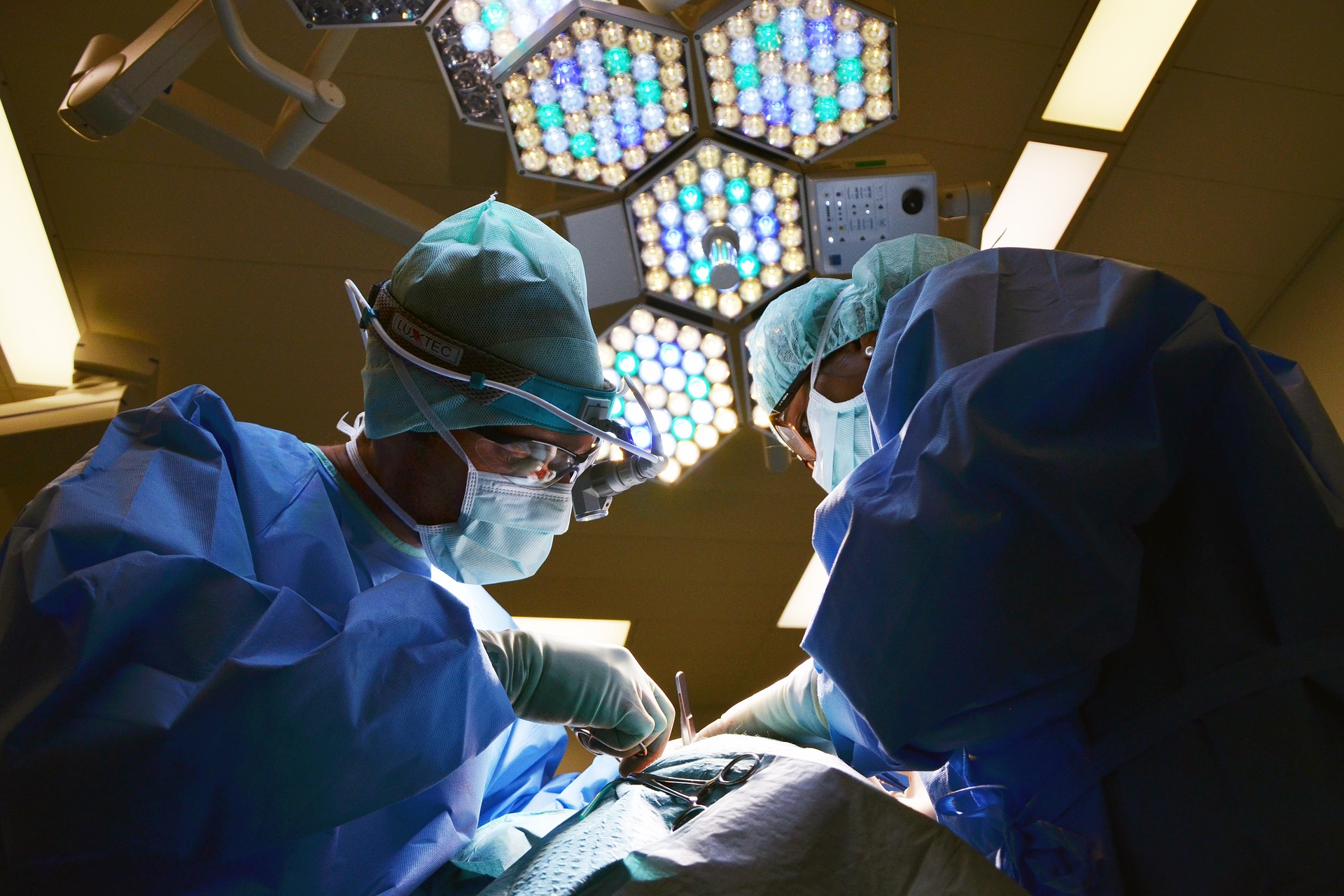Cosmetic surgery is a field of medicine that requires continuing education and specialized skills to ensure the best possible outcome for patients. It can involve a wide variety of topics, ranging from surgical techniques, patient safety protocols, wound care, and anesthesia management and patient education.
As a CME provider and organizing secretary, to ensure that courses are always up-to-date and innovative, we aim for an approach that takes advantage of a mix of teaching techniques focused on in-person and distance learning: blended learning. Learning no longer takes place only when understanding know-how through live or recorded events, but occurs in a continuous process. Numerous methodologies combined with each other in an integrating perspective create a learning experience whose overall effectiveness will not be the simple sum of the individual activities, but the result of combining the advantages of each method.
“Blended Learning” indicates a training method that uses blended paths (called LearningPaths) composed of traditional training moments developed through face-to-face lectures, learning-by-doing moments or through digital tools and platforms. The figure of the lecturer-speaker remains an essential element for the success of the course, in which, however, the participants assume a central role.
What are the advantages?
More effective interaction;
Collaborative learning;
Ability to ask questions and request additional explanations;
More accessible and flexible training;
More diverse training groups;
Increased satisfaction levels;
Lower costs and time.
As well as development of various soft skills such as: self-control, organization, digital mindset, time management, etc.
To build a functional learning structure, one must put oneself in the listening ear of the participants. The most effective learning must be continuous and touch the experiential sphere.
During 2022 we organized and managed four events dedicated to cosmetic surgery using the Blended Learning approach:
BBF – BOTTIS’ BEST FACE Interactive Facial Rejuvenation Course, May 27/29 WEBSITE
Motiva VII World Symposium on Ergonomic Implants, November 3/5 WEB SITE
Live Surgery with Enrico Robotti: Rib Grafting in Secondary Rhinoplasty From A To Z WEBSITE
MBN 2022 Aesthetic Breast Meeting, December 15/17 WEBSITE
The CME-accredited BBF – Botti’s Best Face course, in addition to the proven formula that included live surgery and readings by international Faculty who shared experiences and “tricks of the trade,” included a cadaver dissection course and a modeling course led by renowned Italian sculptor Rita Siragusa. The objective of the course was precisely to create learning paths that integrated theory and practice through lectures, learning-by-doing moments and interesting activities for the participant. In addition, an on-demand course was created with all the surgery live, most of the presentations, and pre- and post-surgery photographs to allow all the content to be viewed or reviewed with complete flexibility.
“In contemporary cervicofacial facelifts, there are two main trends: on the one hand, a wide subcutaneous debridement coupled with a complete neck dissection; on the other hand, a deep plane dissection of the soft tissue complex with full-thickness lifting and anchoring of the flap to solid structures. Both in live surgery and during lectures, proponents of each technique defended their approach by explaining it in detail. Regarding blepharoplasty, in addition to some common cases treated with the most advanced techniques, it was explained how to deal with specific eyelid problems including: eyelid hypotony, lagophthalmos, exophthalmos, enophthalmos, bags in the malar area, festoons, etc.
As for the courses, the modeling course allowed students to develop their artistic talent and learn about proportions and three-dimensionality, while the dissection course, dedicated to anatomy, focused mainly on the deep place face lift technique, although sufficient space was provided to understand the structures of the anterior neck.” – John and Chiara Botti.
The World Symposium on Ergonomic Implants held in Bangkok in November seamlessly integrated training sessions on new technologies and the culture of the host country into a complex and super creative program. Traditional Thai elements such as food, tuk-tuks, and the reproduction of a traditional marketplace were mixed together, to immersive spaces composed of led screens, to masterclasses and sessions in which to train and compare even in small focus groups.

